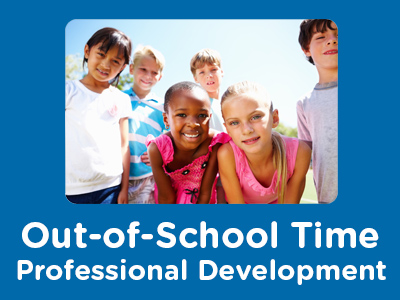 |
Exploring Ethics in School-Age Care: Focus on a Professional Code of Ethics |
2.00 |
According to Frank Loewenberg and Ralph Dolgoff, developing a code of ethics is a significant stage for any profession. "For most American occupational groups the development of a code of ethics coincided, more or less, with the decision to formalize the transformation of the occupation into a profession." The transformation to a profession allows those working in the profession continuity and heightened sense of purpose. It allows those outside of the profession to realize the integrity and importance of the profession.
When SAC/OST professionals develop, adopt, and adhere to a Code of Ethics, they are guided by underlying principles that represent the values of the field. These underlying principles help them determine appropriate courses of action when they face ethical issues as they work with children, parents, colleagues, and community members. |
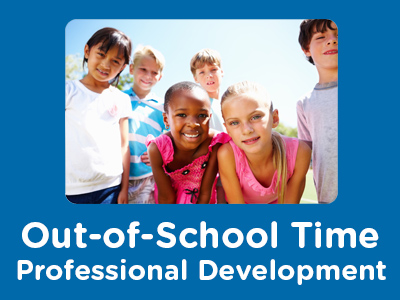 |
Creating Community Collaborations |
2.00 |
Across the country, more and more communities are forming community collaborations to address the out-of-school needs of children and youth of all ages. When different segments of the community join together, share ideas, and pool their resources and efforts to create out-of-school time initiatives, children and youth benefit. What one organization or program may not be able to accomplish alone is often achievable when partnerships and collaborations among diverse groups and individuals are formed.
When school-age care professionals are knowledgeable about what it takes to create and sustain successful collaborations, they can play an important leadership role in creating out-of-school time initiatives and programs that will meet the needs of children and youth in their communities now and in the future. |
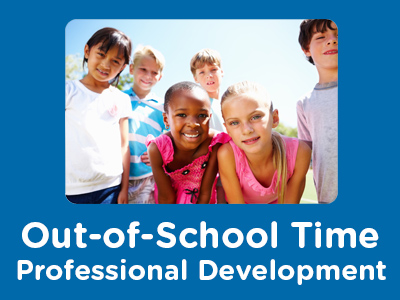 |
Growing as a Professional in School-Age Programs: Opportunities for Professional Development |
1.00 |
An important part of professionalism in the school-age field is continued personal growth and development in relation to the field. This requires using appropriate resources and strategies to further individual professional development. In this course, we will explore professional development opportunities for school-age staff. |
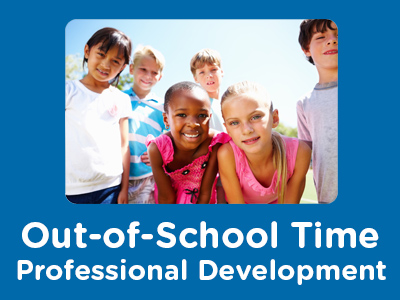 |
Involving School-Age Children in Activity Planning and Implementation |
2.00 |
As they grow and change and move toward independence, school-age children and youth become very interested in planning and directing their own activities. This means it’s very important for staff to think of ways to involve them in program planning and implementation. By planning activities WITH children instead of FOR them, and engaging them in creating the program environment, staff can help children develop a feeling of ownership of the program—a positive feeling that the program belongs to them." |
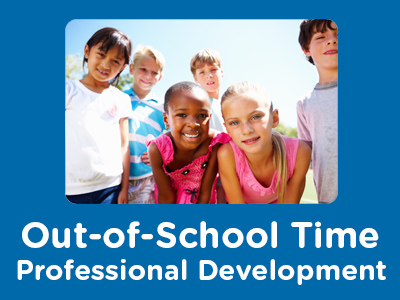 |
Human Relations Skill Development: Good Communication Skills |
0.67 |
Being able to communicate effectively is an essential human relations skill for school-age care professionals. To be a good communicator, school-age professionals need to understand the components of communication and how the communication process works. They need to identify barriers to clear communication and develop strategies for minimizing or eliminating barriers to communication. School-age care professionals also need to work cooperatively with other team members to solve problems and conflicts. In this course, we will explore good communication skills. |
 |
Human Relations Skill Development: Team Building Skills and Strategies |
0.67 |
Being able to communicate effectively is an essential human relations skill for school-age care professionals. To be a good communicator, school-age professionals need to understand the components of communication, and how the communication process works. They need to identify barriers to clear communication, and develop strategies for minimizing or eliminating barriers to communication. School-age care professionals also need to work cooperatively with other team members to solve problems and conflicts. In this course, we will explore skills and strategies for team building. |
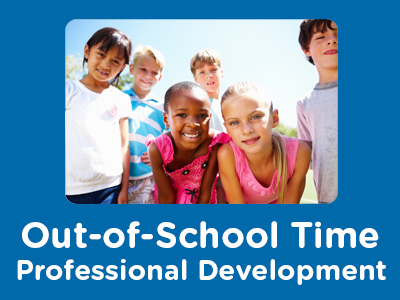 |
Human Relations Skill Development: Cultivating Communication Skills |
0.67 |
Being able to communicate effectively is an essential human relations skill for school-age care professionals. To be a good communicator, school-age professionals need to understand the components of communication, and how the communication process works. They need to identify barriers to clear communication, and develop strategies for minimizing or eliminating barriers to communication. School-age care professionals also need to work cooperatively with other team members to solve problems and conflicts. In this course, we will explore strategies for cultivating good communication skills. |
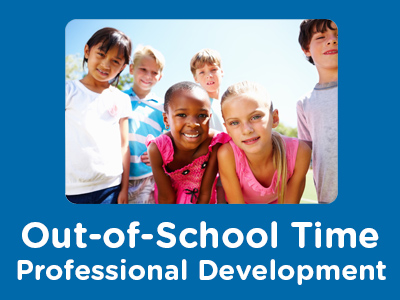 |
Exploring Developmental Needs and Characteristics: Age Group 11 to 12 |
0.67 |
Certain developmental needs and traits are associated with younger school-age children, while others are typical of older school-age children and youth. While the differences between school-age children of different ages are not clear-cut, there are some general traits and tasks that are often associated with younger (ages 5-7), middle (ages 8-10), and older (ages 11-12) school-age children and youth. In this course, we will explore the needs and characters of children ages 11 to 12, to help staff plan appropriate activities and guidance strategies. |
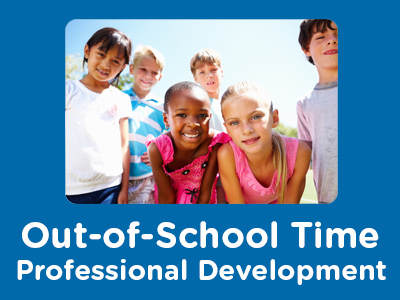 |
Exploring Developmental Needs and Characteristics: Age Group 5 to 7 |
0.67 |
Certain developmental needs and traits are associated with younger school-age children, while others are typical of older school-age children and youth. While the differences between school-age children of different ages are not clear-cut, there are some general traits and tasks that are often associated with younger (ages 5-7), middle (ages 8-10), and older (ages 11-12) school-age children and youth. In this course, we will explore the needs and characters of children ages 5 to 7, to help staff plan appropriate activities and guidance strategies. |
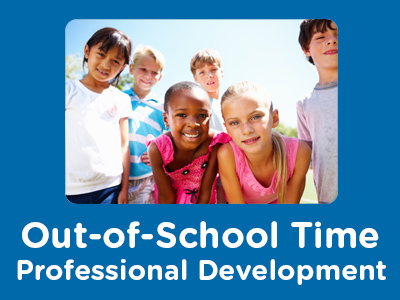 |
Exploring Developmental Needs and Characteristics: Age Group 8 to 10 |
0.67 |
Certain developmental needs and traits are associated with younger school-age children, while others are typical of older school-age children and youth. While the differences between school-age children of different ages are not clear-cut, there are some general traits and tasks that are often associated with younger (ages 5-7), middle (ages 8-10), and older (ages 11-12) school-age children and youth. In this course, we will explore the needs and characters of children ages 8 to 10, to help staff plan appropriate activities and guidance strategies. |
 |
Developing Activities That Encourage Creativity and Cognitive Development |
2.00 |
Children who regularly attend school-age programs need many opportunities to engage in activities that will help them develop their creative potential and apply their emerging thinking abilities and skills. To support children’s needs, it is essential for school-age staff to understand the creative process, and the relationship of cognitive development to creativity. With this knowledge and understanding, staff can design and implement a program that encourages a sense of wonder as children explore their environment, fosters creative imagination, and enhances children’s ability to apply reasoning skills appropriately as they develop ideas and encounter challenges, problems, and opportunities. |
 |
Creating Successful Clubs, Special Events, and Field Trips in School-Age Programs |
2.00 |
Children who regularly attend school-age programs need many opportunities to participate in activities that help them connect with their communities and work together to build on their interests, talents, and abilities. Clubs, special events, and field trips are ideal vehicles for providing these opportunities. When staff know how to work with children to plan and implement these activities, children develop a sense of program ownership that helps them become productively engaged in a variety of meaningful activities that support their development. |
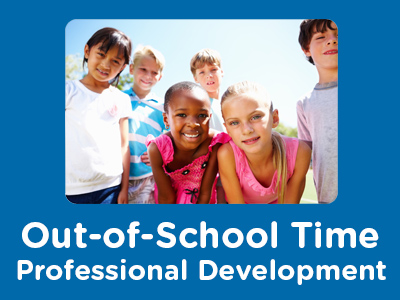 |
Helping Children with ADD Succeed In School-Age Programs: Strategies and Techniques for Staff |
1.00 |
Children with ADD regularly experience struggles and challenges at home, in school, and in the community. Without the help of knowledgeable, understanding, and supportive people, they often experience multiple failures and frustrations on a daily basis. In this course, we will examine strategies and techniques that staff can use when working with children with ADD. |
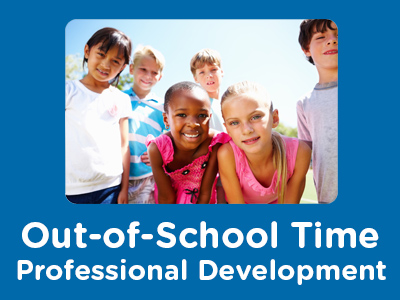 |
Helping Children with ADD Succeed In School-Age Programs: Characteristics and Needs of Children |
1.00 |
Children with ADD regularly experience struggles and challenges at home, in school, and in the community. Without the help of knowledgeable, understanding, and supportive people, they often experience multiple failures and frustrations on a daily basis. In this course, we will explore characteristics and needs of children with ADD. |
 |
Observing Children in School-Age Programs |
2.00 |
Conducting and documenting objective, accurate observations of children in school-age programs is an important professional responsibility of school-age care professionals. Two useful tools for structuring observations are developmental checklists and anecdotal records. Both tools provide rich information that help staff learn about children’s development. When school-age care staff conduct regular observations of children’s development, and prepare objective documentation of these observations, they are able to discover the uniqueness of each child, and provide developmentally appropriate guidance and support for all children in the program. |
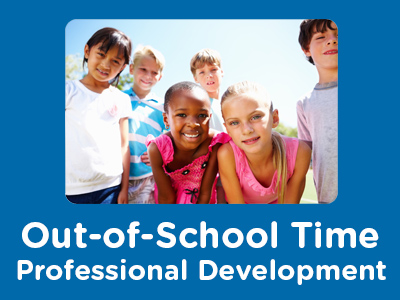 |
The Six Ps of Marketing School-Age Programs |
2.00 |
Effective marketing of school-age programs is a systematic process that involves research, analysis, assessment of market trends and needs, short-term and long-term planning, and development of effective strategies to promote school-age program services and develop a positive image of the program in the community. It is important for school-age care leaders to recognize that marketing is a far reaching process that includes, but is not limited to, advertising and publicity. When leaders take a comprehensive approach to marketing, their programs and projects have an excellent chance of success. Knowledge and understanding of the marketing process is an invaluable tool for leaders as they plan and implement new programs and projects, assess the stability and need for improvement of current programs, develop plans for new or expanded programs, and develop a positive public image of the program and its services. |
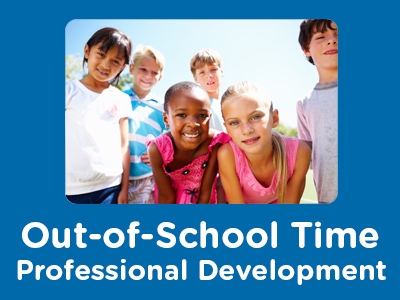 |
Growing as a Professional: Health and Stress Management: Strategies for Coping with Stress |
1.00 |
Every day, school-age care professionals dedicate themselves to caring for and nurturing children, youth, and families. Often, school-age care professionals are so dedicated to serving others, they neglect their own needs. When this happens, school-age staff can experience stress that causes them to become overwhelmed, exhausted, frustrated, dissatisfied with job responsibilities, and unappreciated. When school-age care professionals maintain a healthy, balanced lifestyle, they are in a much better position to face the challenges of supporting and nurturing children and families with positive energy, enthusiasm, patience, and empathy. In this course, we will examine strategies to help staff cope with stress. |
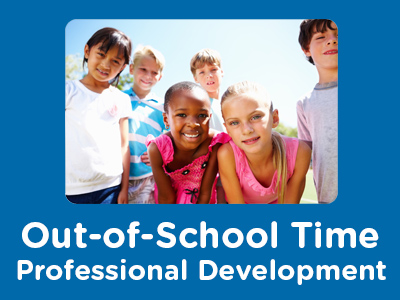 |
Growing as a Professional: Health and Stress Management: Nurturing and Maintaining Good Health |
1.00 |
Every day, school-age care professionals dedicate themselves to caring for and nurturing children, youth, and families. Often, school-age care professionals are so dedicated to serving others, they neglect their own needs. When this happens, school-age staff can experience stress that causes them to become overwhelmed, exhausted, frustrated, dissatisfied with job responsibilities, and unappreciated. When school-age care professionals maintain a healthy, balanced lifestyle, they are in a much better position to face the challenges of supporting and nurturing children and families with positive energy, enthusiasm, patience, and empathy. In this course, we will explore ways to nurture and maintain good health. |
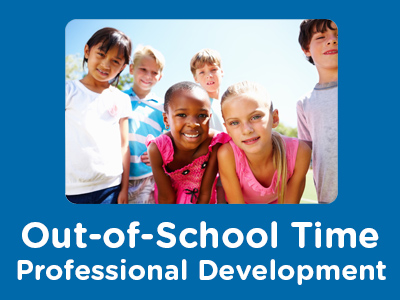 |
Exploring Effective Schedules, Diverse Activity Formats, Planning Tools, and Staff Roles |
2.00 |
Flexible schedules make it possible to provide a varied program of activities that support the developmental needs and interests of school-age children. By establishing a flexible schedule, school-age staff can plan and implement a variety of different activity formats. To develop a balanced program, it is important for school-age staff to take a systematic approach to both short-term and long-range planning. Staff can use a variety of planning tools to plan different types of activities. To implement a diverse program of activities, it is essential for school-age staff to recognize and use a wide variety of roles as they interact with children throughout the program day. |
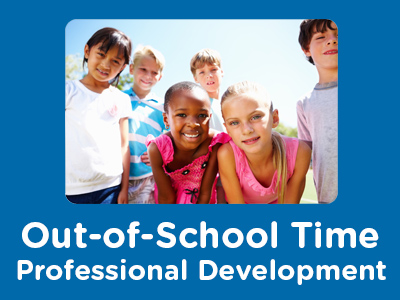 |
Developing and Implementing Effective Indoor Interest Areas |
2.00 |
In order to operate an effective school-age program environment, it is essential for staff to know how to design, set up, and operate a variety of different interest areas that meet the developmental needs of school-age children. Effective interest areas are multi-dimensional; they provide a wide variety of activity options within the area. Effective interest areas provide children with opportunities to work and play independently on their own or with others. They also provide a setting for focused, staff-led activities designed to introduce children to new concepts and skills. Staff in quality school-age programs know how to work with colleagues and children to define, develop, and manage a wide variety of interest areas. |
 |
Growing as a Professional in School-Age Programs: Professionalism in School-Age Programs |
1.00 |
In the search for a definition of professionalism in school-age programs, it is helpful to examine the common characteristics of professionalism in other fields. The next step is identifying qualities and characteristics associated with professional behavior in the school-age field itself. As a school-age professional, it is also important to understand the importance of acting as a public policy advocate on behalf of school-age children and their families. |
 |
Current Trends and Issues in Out-of-School Time Programs: Funding & Support |
0.67 |
It is important for school-age care professionals to understand how the field has developed since its inception, and to be knowledgeable about the current status of the field of school-age care. With this knowledge and understanding, it is possible for school-age care professionals to participate in shaping the field as it grows in the future. In this course, we will explore funding and support issues in out-of-school time programs. |
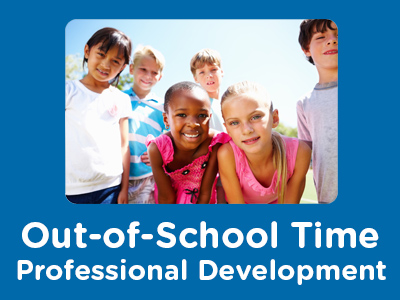 |
Current Trends and Issues in Out-of-School Time Programs: Growth & Change |
0.67 |
It is important for school-age care professionals to understand how the field has developed since its inception, and to be knowledgeable about the current status of the field of school-age care. With this knowledge and understanding, it is possible for school-age care professionals to participate in shaping the field as it grows in the future. In this course, we will explore growth and change in out-of-school time programs. |
 |
Current Trends and Issues in Out-of-School Time Programs: Needs & Benefits |
0.67 |
It is important for school-age care professionals to understand how the field has developed since its inception, and to be knowledgeable about the current status of the field of school-age care. With this knowledge and understanding, it is possible for school-age care professionals to participate in shaping the field as it grows in the future. In this course, we will explore needs and benefits in out-of-school time programs. |
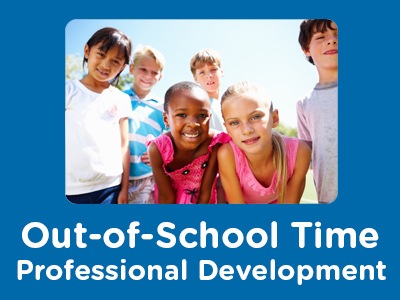 |
Creating and Maintaining Healthy School-Age Environments |
2.00 |
Keeping school-age children healthy is a major priority for school-age programs. This requires giving careful attention to setting up the environment in a way that promotes healthy habits, and using effective strategies for monitoring and maintaining a hygienic environment. Because school-age children are growing towards independence, it is also important to help them develop habits and behaviors for living a healthy life-style. |


























